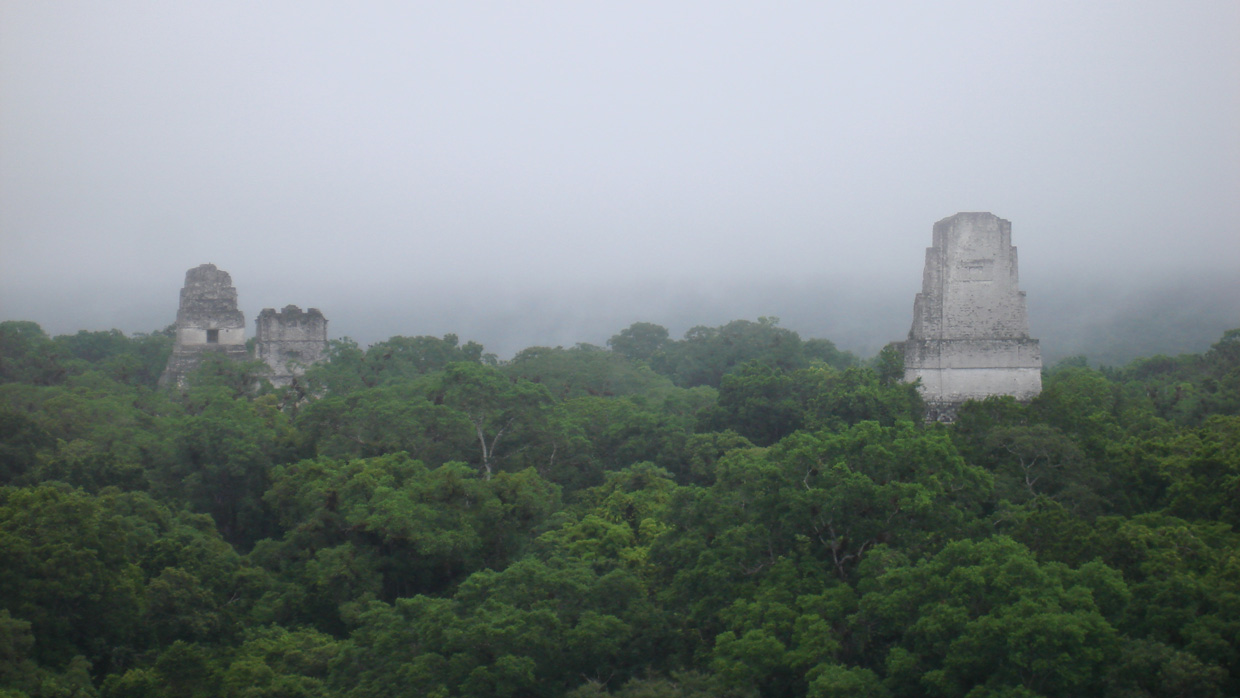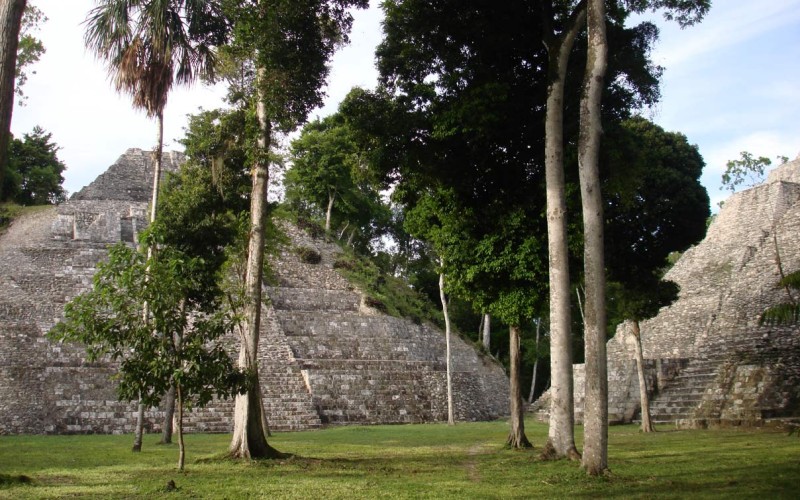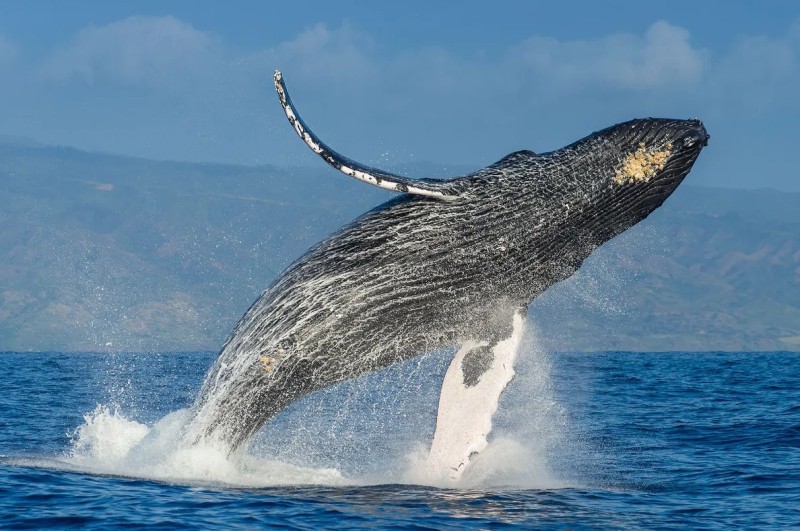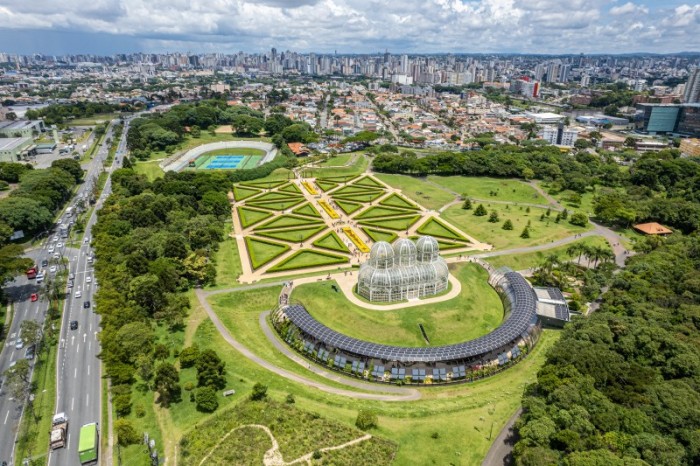Text and photos by Margarita Cadenas – Cet article a été publié initialement sur le site www.elcafelatino.org
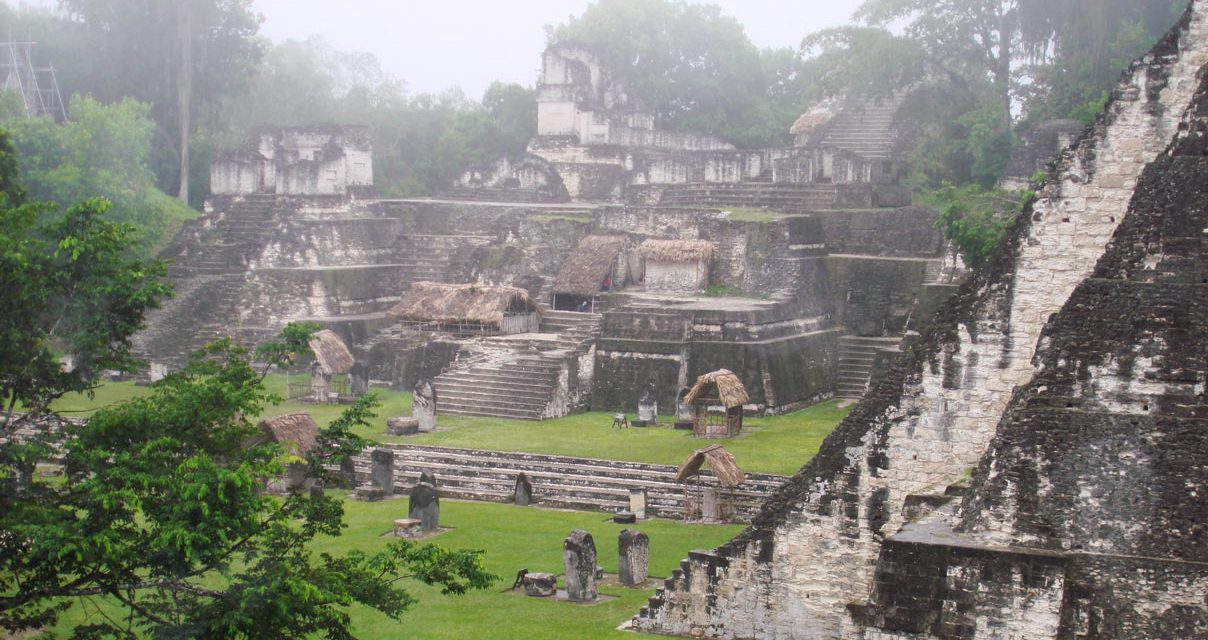
The Petén rainforest, the third lung of the Earth, is located in the north of Guatemala, and for more than a thousand years it has sheltered in its bowels the deposits of one of the most important civilizations in the world: the Maya.
In 1839, the North American diplomat, explorer and journalist John Lloyd Stephens, accompanied by the illustrator Frederick Catherwook, were the first to reveal to the world the existence of abandoned cities in Central America. The tentacles of the vegetation both suffocated them and protected them from complete disappearance.
“No words can convey the impression of monuments standing in the depths of the tropical rainforest, silent and solemn, of strange composition, of sculptural excellence, rich in ornament, distinct from the work of any other people, whose uses, purposes, and history are utterly unknown, studded with inscriptions, which explain everything, but are perfectly unintelligible,” said John Lloyd Stephens. This was the beginning of a series of discoveries that continue to this day.
The study of Mayan monuments, stelae, codices, and the archaeological discovery of new cities, especially in recent decades, has made it possible to understand not only the imposing vision of the Mayan cosmos, but also their political structure.
From 300 to 900 AD, for more than six hundred years, the Maya culture reached its peak. The Maya cities reached high population densities, such as Tikal, which had no less than one hundred and twenty-five thousand inhabitants. They were great architects and builders who constructed imposing temples and pyramids, some of them up to fifty metres high.
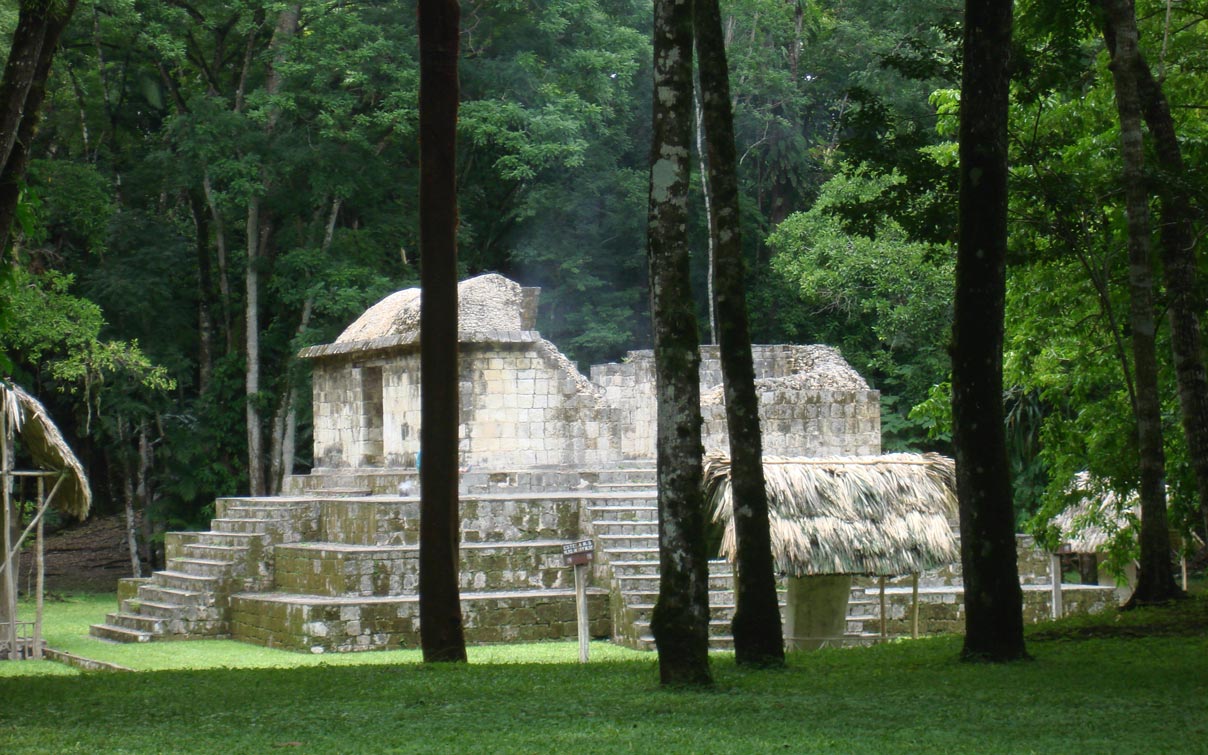
In the field of mathematics, the Maya were the first to use the zero on the American continent. They set up calendars composed of different cycles of a divinatory, civil, religious, historical and agricultural nature. They were great astronomers, they built one of the most grandiose cultures on Earth with a rich mythology, and they invented hieroglyphic writing.
Skilled farmers, they had a calendar that warned them of the climatic changes caused by the seasons; they built huge underground reservoirs of rainwater; they were also excellent traders, and controlled the trade routes: the network of their influence went much further than their own territory.
When we entered the Mayan Biosphere Reserve, the fourth largest area of continuous forest on the planet, declared by UNESCO a World Heritage Site for its natural and cultural riches, and visited the large archaeological sites along the way, we wondered:
What could have happened to make the Maya, a civilisation that had reached such a high level of development, die out so quickly and find itself at the mercy of Mother Nature?
The mysterious disappearance of this great civilisation is still an enigma for the History of Humanity. Currently, archaeologists, anthropologists, historians and scientists have not finished excavating this vast wooded territory of 35,000 km², which contains hundreds of cities still buried under nature.
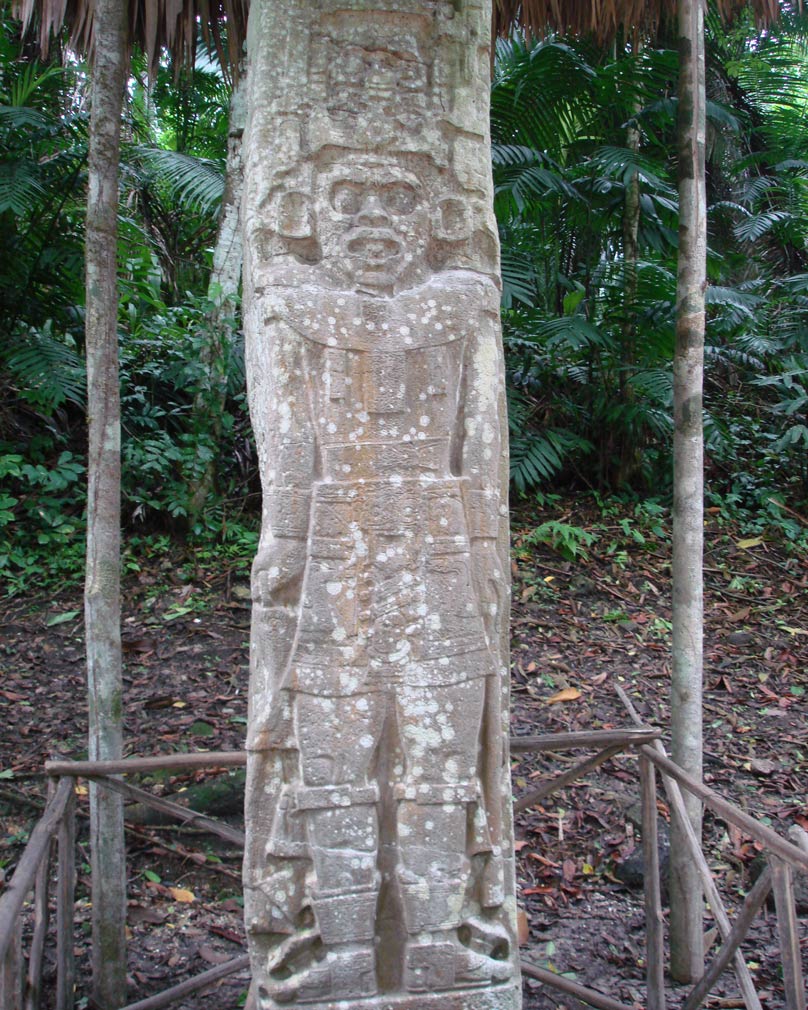
Many hypotheses have been formulated to explain the enigma of the fall of the Mayan Empire in full bloom, but no one has been able to say what really happened, nor why they disappeared… What is certain is that at the dawn of the 9th century, the powerful Mayan cities were deserted, and little by little, they were invaded by the vegetation.
There are many theories about this: war, disease, natural disaster, famine, or a combination of all these factors. But… specialists have not agreed on an explanation for the rapidity of this decline, there is no evidence of hecatombing, no mass graves have been found that would be the result of an exterminating epidemic, the Mayan cities were not destroyed but abandoned, the buildings show no sign of seismic violence that would explain an abandonment due to an earthquake.
“Explanations for this collapse vary according to fashion, and the most popular one at the moment is climate change,” says David Webster, author of The Fall of the Ancient Maya.
Ecological awareness has led investigators to analyse some of the evidence for climate change. They have shown that the driest periods of the last eight thousand years in Mesoamerica coincide with the time of the disappearance of the Maya culture. Numerous studies have detected periods of extreme aridity, which would have caused a shortage of agricultural products. The migratory flows of the population caused by the lack of water would have led to famine. It has also been proven that the environmental crisis is a direct consequence of deforestation.
Currently, the earth’s ecological problems are a global concern. The planet is suffering from an altered ecosystem. Constant denunciations at United Nations environmental conferences warn and alert us to the fact that, for example, a large part of the Amazon is being transformed into savannah due to deforestation and global climate change. It is estimated that in a few decades, the Amazon forest will have shrunk by 30% to 60%, resulting in warmer air and severe environmental drought.
The effects will be felt in the short and medium term, as the Amazon is one of the last great lungs of the Earth.
Let’s think about this! Let’s not reproduce in our civilisation the same upheavals that brought the Mayan culture to its end.
